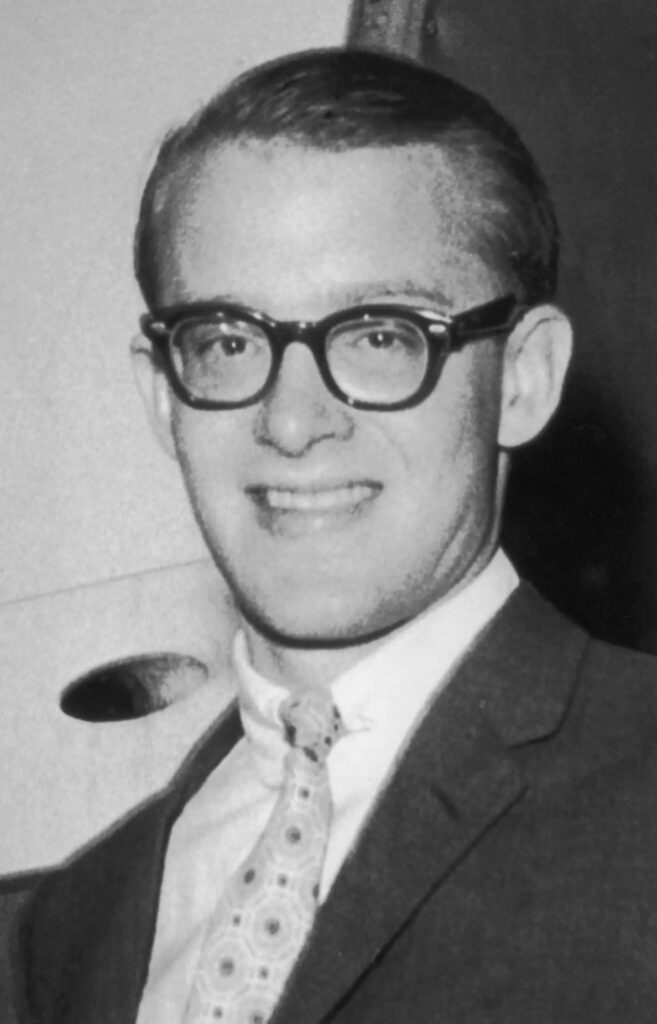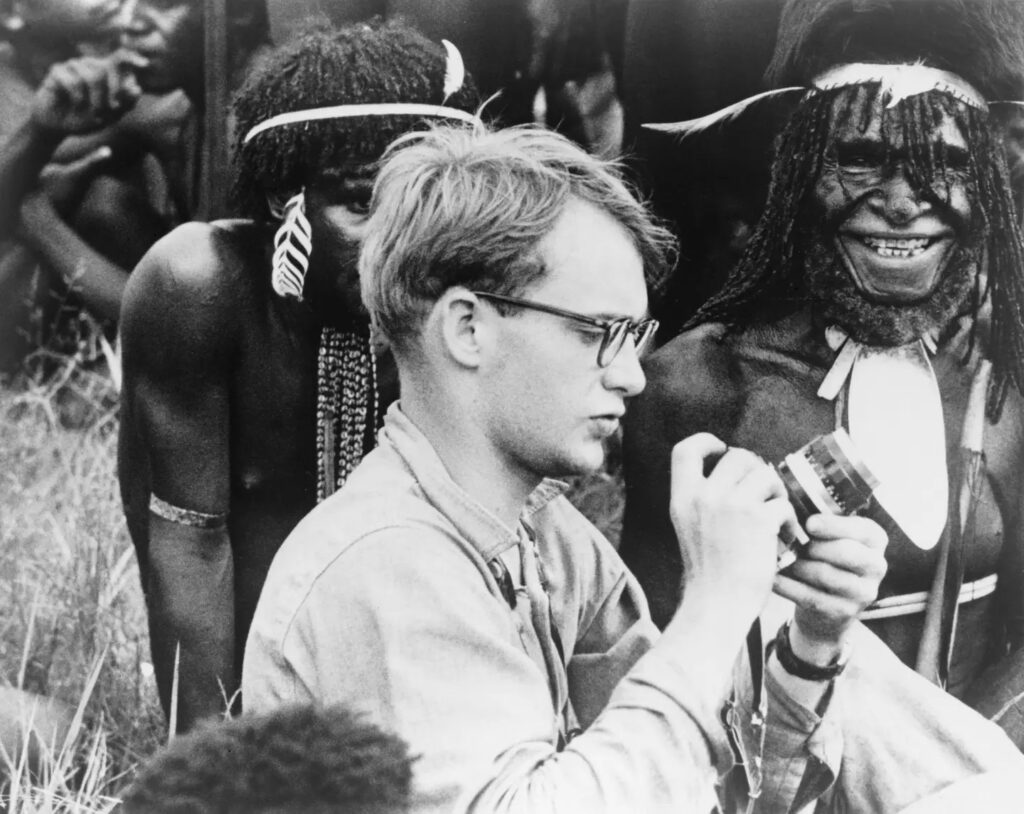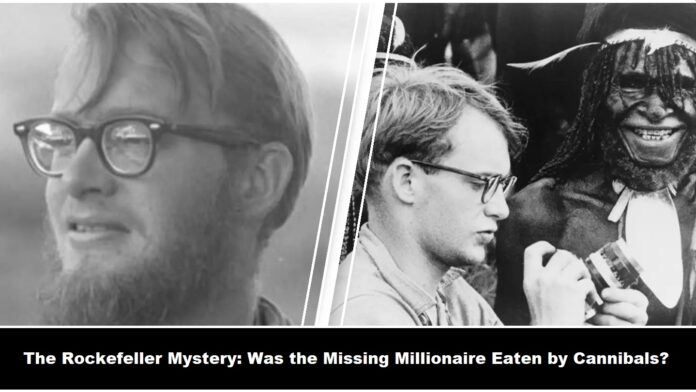The mysterious disappearance of Michael Rockefeller, son of former U.S. Vice President Nelson A. Rockefeller, has baffled the world for over six decades. New evidence and theories suggest a much grimmer fate than previously believed—one involving cannibalism in the remote Asmat region of New Guinea.
Born in 1938 into the wealthy and influential Rockefeller family, Michael was the great-grandson of John D. Rockefeller, the co-founder of Standard Oil. After graduating from Harvard, Michael embarked on a journey to the Asmat region, now part of Indonesia’s Papua province, to work on a documentary. Fascinated by the indigenous culture, particularly the intricate wood carvings, Michael aimed to bring a piece of this world back to the West.
In 1961, just seven months into his research, tragedy struck. While traveling by canoe with anthropologist René Wassing, their vessel capsized. Against Wassing’s advice, Michael decided to swim to shore, estimating the distance to be between three and ten miles. He was never seen again. Officially, Michael Rockefeller was declared dead by drowning, but the true story might be far more disturbing.

In his 2014 book Savage Harvest, author Carl Hoffman explores a different narrative. Hoffman’s research, which included extensive time spent with the Asmat tribe, leads him to believe that Rockefeller met his end at the hands of the very people he sought to understand. According to Hoffman, Rockefeller was killed and eaten by the cannibalistic Asmat tribe—a practice rooted in their ritualistic headhunting traditions.
Hoffman’s theory is supported by a trove of documents he uncovered, including memos, letters, and cables between the Dutch government and the Catholic Church. These documents suggest that Dutch authorities and the Church were aware of Rockefeller’s fate shortly after his disappearance but chose to keep it secret. The motivation? To avoid international scrutiny and maintain control over their colony.
Hoffman recounts in an NPR interview that two priests stationed in the Asmat region heard rumors from locals that Michael had swum ashore, only to be killed by members of the Otsjanep village. The priests conducted their own investigation, producing detailed reports that named individuals involved in Rockefeller’s death and even described the distribution of his remains. These reports were filed with the Church and the Dutch government, but no public action was taken.
The reasons behind Rockefeller’s alleged murder may be rooted in a tragic event from 1958. Three years before Rockefeller’s disappearance, the Dutch government launched a raid on the village of Otsjanep, killing several key figures in the community. In the Asmat culture, where balance and cosmic order are paramount, this act of violence likely left a deep scar. When Michael Rockefeller arrived—exhausted, alone, and vulnerable—he may have been seen as a way to restore this balance.

Cannibalism among the Asmat people, as Hoffman explains, was more than just an act of violence; it was a deeply spiritual practice tied to headhunting and the maintenance of cosmic order. By consuming the body of an outsider like Rockefeller, the Asmat may have believed they were righting the wrongs inflicted upon them by the Dutch.
While the official narrative remains that Michael Rockefeller drowned, Hoffman’s work offers a compelling alternative. His findings shed light on a dark chapter in both the Rockefeller family history and the colonial legacy of the Dutch in New Guinea. The mystery of Michael Rockefeller’s disappearance may never be fully resolved, but Savage Harvest brings us closer to understanding the complex and tragic events that likely led to his death.
Featured Image Credit: Peabody Museum of Archeology and Ethnology/Alamy


